You might not realize how much your posture affects your overall health and well-being. By incorporating a few simple habits into your daily routine, you can greatly enhance your alignment and comfort. From mindful breathing techniques to ergonomic adjustments in your workspace, there are various strategies to explore. Strengthening your core and engaging in regular exercise can make a noticeable difference too. If you're curious about the specific methods that can help you stand taller and feel better, you'll want to keep this conversation going.
Practice Mindful Breathing
When you take a moment to practice mindful breathing, you can greatly enhance your posture throughout the day. This simple technique helps you reconnect with your body, allowing you to be more aware of how you hold yourself. As you focus on your breath, you naturally encourage your spine to align and your shoulders to relax.
To get started, find a comfortable position, either seated or standing. Close your eyes, if you feel comfortable, and take a deep breath in through your nose. As you inhale, visualize your spine lengthening, creating space between each vertebra. Hold that breath for a moment, feeling your chest expand.
Now, exhale slowly through your mouth, letting go of any tension you may be holding. Repeat this cycle several times.
As you practice mindful breathing, pay attention to your body's signals. Notice if your shoulders creep up towards your ears or if you're slumping forward. When you catch these habits, gently guide your shoulders back and down, and lift your chest slightly. This awareness helps you adjust your posture in real-time.
Incorporating mindful breathing into your daily routine can create lasting improvements. Whether you're working at your desk, walking, or even relaxing, take a few moments to breathe deeply and check in with your body.
Over time, you'll find that maintaining good posture becomes a more natural part of your day, leading to greater comfort and ease in all your activities.
Strengthen Core Muscles
To improve your posture effectively, focus on strengthening your core muscles. Your core isn't just your abs; it includes all the muscles around your trunk, including your back, hips, and pelvis. A strong core provides stability and balance, which are vital for maintaining proper posture throughout the day.
Start by incorporating core-strengthening exercises into your routine. Planks are a fantastic choice. They engage multiple muscle groups and build endurance. Aim to hold a plank for at least 30 seconds, gradually increasing the duration as you get stronger. You can also try side planks to target the obliques, which play an important role in supporting your spine.
Another effective exercise is the bridge. Lie on your back with your knees bent and feet flat on the floor. Lift your hips toward the ceiling, squeezing your glutes at the top. This not only strengthens your back but also activates your glutes, which helps keep your pelvis in alignment.
Don't forget about your lower back! Incorporate exercises like supermans or bird-dogs, which engage both your lower back and abdominal muscles. These movements promote stability and help prevent slumping.
Consistency is key. Aim for a few sessions each week, and you'll notice improvements in your posture as your core becomes stronger.
Incorporate Stretching Routines
Incorporating stretching routines into your daily life can greatly enhance your posture.
You'll experience numerous benefits, from increased flexibility to reduced muscle tension.
Let's explore some recommended exercises and how often you should stretch for the best results.
Benefits of Stretching
Stretching offers a multitude of benefits that can greatly enhance your posture and overall well-being. By incorporating stretching into your daily routine, you'll find that your muscles become more flexible and relaxed, which directly supports better alignment of your spine and joints.
This isn't just about looking good; it's about feeling good, too!
Here are a few key benefits of stretching for your posture:
- Increased Flexibility: Regular stretching keeps your muscles supple, allowing for a greater range of motion and reducing the risk of injury.
- Reduced Muscle Tension: Stretching helps to alleviate tightness in your muscles, which can lead to discomfort and poor posture over time.
- Improved Blood Circulation: Engaging in stretching routines can boost blood flow to your muscles, enhancing nutrient delivery and promoting recovery.
Recommended Stretching Exercises
A variety of stretching exercises can considerably improve your posture and overall body alignment. Incorporating these stretches into your daily routine can help alleviate tension and strengthen key muscle groups.
Start with the chest opener. Stand tall, clasp your hands behind your back, and gently pull your shoulders back. Hold this position for 15-30 seconds to stretch your chest and front shoulder muscles.
Next, try the cat-cow stretch. Get on all fours, arch your back while inhaling (cat), and then dip your spine while exhaling (cow). This dynamic move enhances spinal flexibility.
You can also do the seated forward bend. Sit with your legs extended, reach for your toes, and hold for 15-30 seconds. This stretch targets your hamstrings and lower back.
Another effective exercise is the standing quad stretch. Grab your ankle from behind, pulling it toward your glutes while keeping your knees close together. This stretch opens up your hips and improves balance.
Finally, incorporate the wall stretch. Stand with your back against a wall, ensuring your head, shoulders, and buttocks touch the wall. This helps reinforce proper alignment.
Regularly practicing these stretches can lead to noticeable improvements in your posture.
Stretching Frequency and Duration
Consistency is key when it comes to improving posture through stretching. To reap the full benefits, you should incorporate a regular stretching routine into your daily life. Aim for at least 15-30 minutes of stretching, three to five times a week.
This frequency not only helps maintain flexibility but also reinforces muscle memory for better posture.
Here are some tips to enhance your stretching routine:
- Focus on major muscle groups: Target areas like your chest, shoulders, hip flexors, and hamstrings, which commonly contribute to poor posture.
- Hold stretches for 15-30 seconds: This duration allows your muscles to relax and lengthen, improving flexibility over time.
- Incorporate dynamic stretching: Before workouts, include dynamic stretches to activate your muscles, and save static stretches for post-exercise to aid recovery.
Optimize Your Workspace
To improve your posture, start by optimizing your workspace.
Choosing an ergonomic chair, adjusting your desk height, and positioning your monitor correctly can make a big difference.
These adjustments not only enhance comfort but also support a healthier sitting posture throughout your workday.
Ergonomic Chair Selection
Finding the right ergonomic chair can greatly enhance your workspace and boost your productivity. When you're seated correctly, you reduce strain on your back, neck, and shoulders, allowing you to focus on your tasks without discomfort.
Here are a few key features to look for when selecting an ergonomic chair:
- Adjustable Height: Choose a chair that allows you to modify the seat height, ensuring your feet rest flat on the floor.
- Lumbar Support: Look for chairs with built-in lumbar support to maintain the natural curve of your spine, preventing slouching.
- Armrest Options: Adjustable armrests can help reduce shoulder and wrist tension, promoting a comfortable typing position.
Investing in an ergonomic chair isn't just about comfort; it's about creating a workspace that supports your overall well-being. A well-designed chair not only improves posture but also encourages better circulation and reduces fatigue.
Take your time to test different chairs, considering how they fit your body and work style. A great ergonomic chair can make a significant difference in how you feel during long hours at your desk, ultimately leading to increased productivity and focus.
Desk Height Adjustment
Adjusting your desk height can make a world of difference in how you work and feel throughout the day. When your desk is at the right height, it aligns your body correctly, allowing you to maintain good posture and reduce strain on your muscles and joints.
Ideally, your elbows should be at a 90-degree angle when your hands are on the keyboard. This setup helps prevent discomfort in your shoulders and wrists.
To find the perfect height, stand up straight and adjust your desk so that your elbows are level with the surface when you're seated. If you can't adjust your desk, consider using a keyboard tray or a stack of books to raise your keyboard to the appropriate height.
Your feet should be flat on the floor or on a footrest, promoting better circulation and reducing pressure on your legs.
Monitor Positioning Tips
Once your desk height is set, the next step is to optimize your monitor positioning. Proper monitor placement can greatly reduce strain on your neck and eyes, helping you maintain better posture throughout the day.
Here are some essential tips to get your monitor just right:
- Eye Level: Position the top of your monitor screen at or just below eye level. This helps keep your neck in a neutral position.
- Distance: Place your monitor about an arm's length away from your eyes. This reduces eye strain and allows for comfortable viewing.
- Tilt Angle: Angle your monitor slightly backward (about 10 to 20 degrees) to prevent glare and enhance visual comfort.
Use Supportive Furniture
Choosing the right furniture can make a world of difference in your posture. When you invest in supportive furniture, you're not just enhancing comfort; you're actively promoting better alignment for your body.
Start with a chair that offers lumbar support. Look for one that encourages you to sit back, keeping your spine aligned and your feet flat on the floor. If your chair doesn't have proper support, consider using a cushion to fill the gap.
Next, think about your desk. An adjustable-height desk can be a game-changer, allowing you to switch between sitting and standing. This flexibility helps reduce strain on your back by promoting movement throughout the day. If you opt for a standing desk, make sure it's at the right height to keep your elbows at a 90-degree angle.
Don't forget about your mattress and pillow, too. A supportive mattress is essential for spinal alignment during sleep. Aim for one that provides the right firmness for your sleeping position. Your pillow should support your neck without cradling your head too much.
Lastly, evaluate your seating in other areas of your life, like your car or couch. If you find yourself slouching, it may be time to reconsider your choices.
Engage in Regular Exercise
Regular exercise is key to improving your posture and overall well-being. When you engage in regular physical activity, you strengthen your core muscles, which play an essential role in maintaining proper alignment of your spine. A strong core supports your back and helps you stand taller and more confidently.
Plus, exercise increases flexibility, allowing for better movement and reducing the risk of injury.
Here are three types of exercises you should consider incorporating into your routine:
- Strength Training: Focus on exercises that target your back, shoulders, and abdominal muscles. Rows, planks, and deadlifts can greatly enhance your muscular support for good posture.
- Stretching: Incorporate stretches that relieve tension in tight muscles, particularly those in your chest and hips. Stretching helps counteract the effects of prolonged sitting and can improve your range of motion.
- Balance Exercises: Activities like yoga or Pilates not only improve your posture but also enhance your balance and coordination. These practices teach you body awareness, which is essential for maintaining proper alignment throughout the day.
Stay Hydrated Throughout the Day
Water is essential for maintaining good posture, as it keeps your muscles and joints hydrated and functioning efficiently. When you're dehydrated, your muscles can become stiff and less flexible, leading to poor alignment and discomfort. To keep your body in ideal shape, aim to drink water consistently throughout the day.
Start your morning with a glass of water to kickstart hydration after a night's sleep. Carry a reusable water bottle with you, making it easier to sip regularly, whether you're at work, running errands, or exercising. Setting reminders on your phone can help you remember to take a break and hydrate.
You might also want to incorporate hydrating foods into your diet. Fruits and vegetables like cucumbers, oranges, and watermelon not only provide essential nutrients but also contribute to your overall hydration. If plain water doesn't excite you, try adding a splash of lemon or infusing it with herbs for a revitalizing flavor boost.
Keep an eye on your urine color; a light, pale yellow indicates proper hydration, while darker shades can signal a need for more fluids.
Additionally, staying hydrated can enhance your focus and energy levels, making it easier to maintain good posture throughout the day.
Conclusion
By incorporating these seven simple strategies into your daily routine, you can effectively improve your posture naturally. Practice mindful breathing, strengthen your core, and stretch regularly to alleviate tension. Don't forget to optimize your workspace with ergonomic furniture and stay active through exercises like yoga. Staying hydrated also plays a vital role in maintaining muscle function. Start today, and you'll soon notice the positive impact on your posture and overall well-being!



